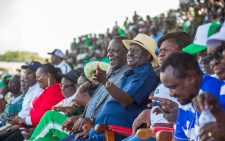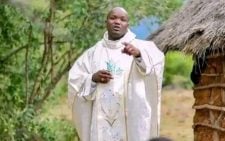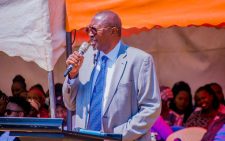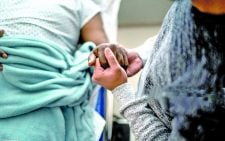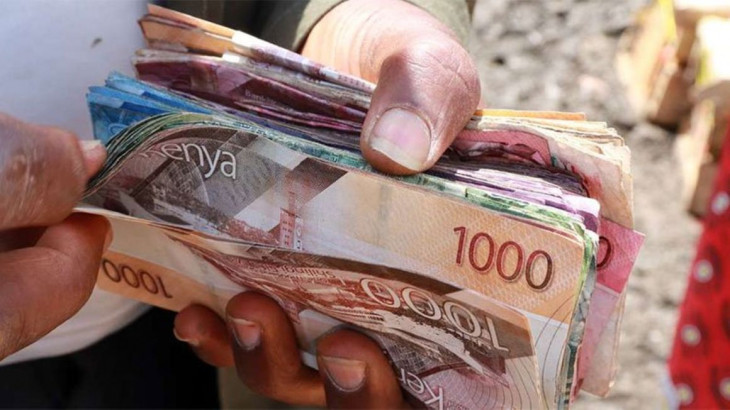Conservation: Rehabilitation of Akara Hills takes centre stage
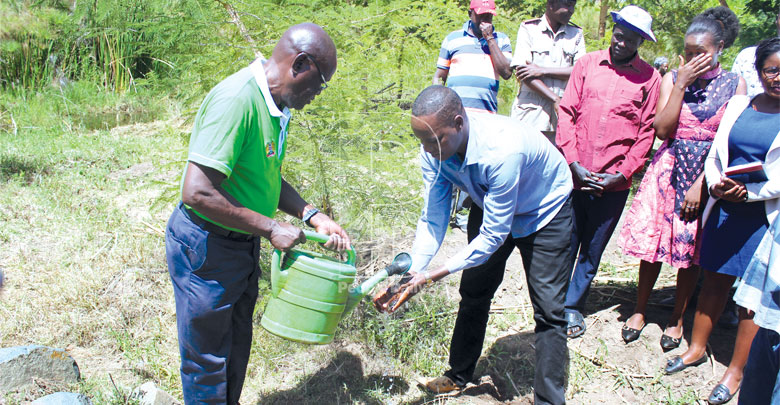
Located in Siaya county, Akara Hills, covers about 750 acres, with a peak at 1 325 metres above sea level and width at the base at 5.1 km. With a mixture of natural vegetation and farmland, it has been the source of livelihood for more than 300,000 people and source of water for bodies, which make up the Akara Hills-Yala Swamp-Lake Kanyaboli ecosystem.
Ornithologist and honorary warden, Ibrahim Onyango, says Akara Hills was the first site from where people from Kager gave the lake its name as they settled on its shores before it was later on named Lake Kanyaboli. “There are various mountain birds found here such as the turaco and the ground hornbill,” he adds.
The hills are also a site, where people would call on the ancestors for rain. From the hill, one can get a good view of the Yala Swamp. During dry periods, the community uses the hills to graze t. Some indigenous trees spanning the trees include Markhamia, Albizia (locally known as Ober), which are used for medicinal and ornamental purposes.
Sensitisation campaign
Over the years, the status of the hills has come under scrutiny with the continuous degradation of the River Yala ecosystem. According to Nature Kenya’s 2015 Yala Swamp Ecosystem Service Assessment Report, the ecosystem is not only the home of important biodiversity but also endemic and even threatened species. It also has a high potential for tourism and agriculture.
However, several factors limit the realisation of this potential and put the biodiversity at risk of extinction. Poverty, uncontrolled grazing, encroachment and the effects of climate change are the main contributing factors. Residents turn to the forest for income-generating activities such as cutting down trees for charcoal production, firewood, brick-making, rafts and timber.
The main factor in environmental degradation in the area is the lack of environmental education amongst community members. For a long time, attention has not been paid to educating the community on the need for sustainable use of environmental resources.
Onyango notes there are various community projects to preserve the ecosystem. For instance, environmental education in schools and among community groups through training and workshops has been carried out to teach people about the significance of conserving the ecosystem.
There is also sensitisation on alternative sources of energy such as energy-saving stoves as opposed to firewood. They also plant indigenous trees with an effort to replace the cut-down trees. Tree-planting exercises will also be carried out with the help of the forest service.
Besides tree-planting, the community will be encouraged to form forest associations (CFA’s) for continuity of the project, and in schools, there will be active environment clubs.
There are plans by the Siaya county to improve tourism in the area with the improvement of tourism infrastructure according to the county’s integrated development plan 2018-2022.
